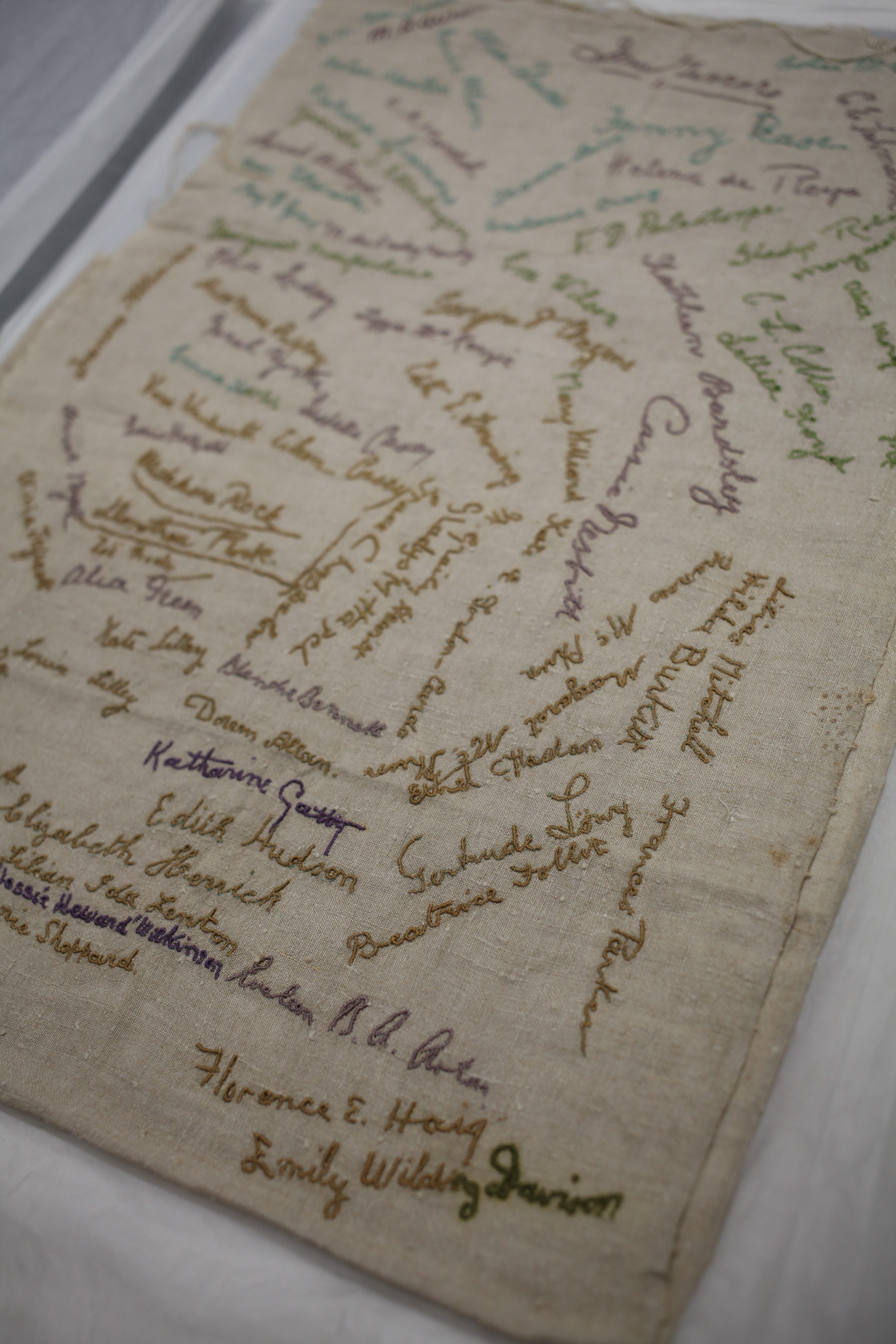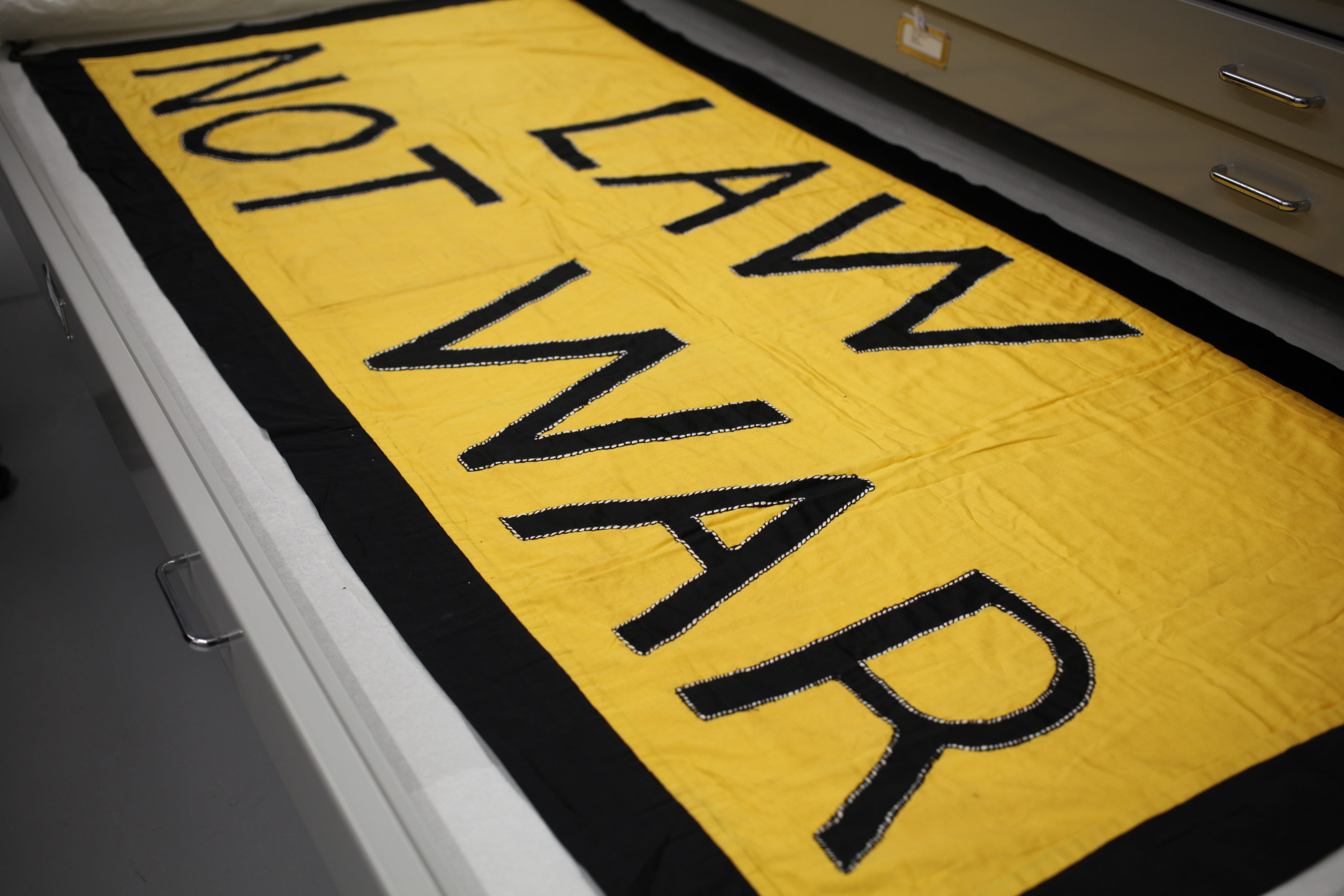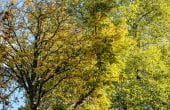As part of the college’s #LCFYearofTheWoman, celebrating the centenary of women’s suffrage in the UK, we organised a visit to The Women’s Library, the oldest and most extensive collection on women’s history in Europe.

The library, which is now owned by LSE, has its origins in the suffrage movement. Out of the 1866 Women’s Suffrage Committee came the London National Society for Women’s Suffrage – which eventually became the Fawcett Society. By the 1920s the London Society had accumulated a significant amount of suffrage literature, so it was decided a library would be founded in order to preserve the history of the women’s movement and also to provide an up-to-date collection of books and reports for the newly-enfranchised women.
This collection includes personal papers of suffragists and suffragettes, records of suffrage organisations and the newspapers, journals and pamphlets published by these organisations. There are also badges, postcards, posters and a fantastic collection of banners.

As our staff were there to research our exhibition ‘Motive / Motif’, inspired by the 1912 handkerchief embroidered by suffragettes in Holloway prison, it was fantastic to see another example of a cloth that had been embroidered with many names of imprisoned women. The colour of the threads, the detail of the embroidering and the individuality of each woman’s writing is very poignant.
Some of the stand out items include Emily Davison’s return half of a train ticket from Epsom to Victoria and the tiny purse that held it, proving to some that she only intended to publicise the cause of the suffragettes by stopping the king’s horse at the 1913 Derby, not to die under its hooves.
There are also a number of medals awarded in recognition of ‘hunger and hardship’ to suffragettes who endured protest hunger strikes. I hadn’t realised that the bar across the medal was indicative of the number of times the individual had been force fed. A number of the medals had two or three bars, but Emily Davison, we learnt, was force fed 49 times.


An undoubted highlight of the collection are the collection of over 100 campaign banners from various different suffrage groups across the country. Some of the designs are simply stunning. The vibrancy of colours used and level of craftsmanship involved is incredible. It was really inspiring to see them so close hand.
I’m sure UAL’s Chair of Art in the Environment, Lucy Orta, found plenty of inspiration for the banner she is designing as part of ‘Processions’ – which will be made by members of LCF’s Making for Change unit at HMP Downview.

As our #LCFYearofTheWoman plans evolve, it was fantastic to see the Library’s collection of items. Seeing Emily Davison’s train ticket and the suffragette medals is a moving reminder of just how much these women had to sacrifice and how hard they had to fight to gain equality. It’s impossible to leave the library without a huge sense of gratitude and pride for these women.












